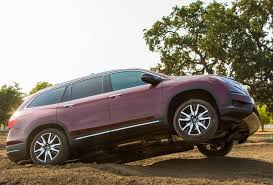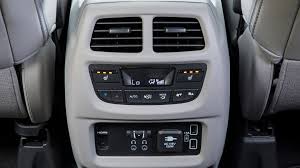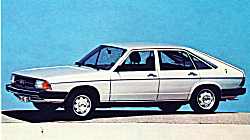2019 Honda Pilot AWD ELITE 












Honda worked with ZF on updates to the 9HP 9-speed automatic (right) to address drivability concerns that have dogged several automakers

Front Suspension
At the front is a strut-type system with forged-aluminum lower control arms, hydraulic bushings, coil springs and a solid stabilizer bar. This setup uses moderate spring rates, relatively firm damping and specially tuned bushings for a smooth, controlled ride with exceptional cornering abilities. The upper front damper mounts provide a “triple path" load-bearing system that helps absorb road vibration and harshness.
At the front is a strut-type system with forged-aluminum lower control arms, hydraulic bushings, coil springs and a solid stabilizer bar. This setup uses moderate spring rates, relatively firm damping and specially tuned bushings for a smooth, controlled ride with exceptional cornering abilities. The upper front damper mounts provide a “triple path" load-bearing system that helps absorb road vibration and harshness.
Rear Suspension
At the rear is a compact multi-link design with a tubular stabilizer bar. This multi-link system allows a generous amount of wheel travel and excellent compliance for a supple ride, together with confident cornering and handling. All rear suspension control arms are steel – including the high-strength steel upper and lower control arms. Compared to the previous Pilot, the new 2016 Pilot has improved rear-suspension geometry, the upper damper mounts are now located on the body side rails for greater rigidity, and softer bushings are calibrated to reduce road noise without compromising handling.
At the rear is a compact multi-link design with a tubular stabilizer bar. This multi-link system allows a generous amount of wheel travel and excellent compliance for a supple ride, together with confident cornering and handling. All rear suspension control arms are steel – including the high-strength steel upper and lower control arms. Compared to the previous Pilot, the new 2016 Pilot has improved rear-suspension geometry, the upper damper mounts are now located on the body side rails for greater rigidity, and softer bushings are calibrated to reduce road noise without compromising handling.
Also compared to the previous Pilot generation, where the previous setup transmitted suspension loads to the vehicle's rear wheelhouse, the new setup transmits suspension loads to the more rigid body side frame, which allows for more aggressive tuning of suspension bushings to aid both ride comfort and handling precision. The transmission of road vibration to the second- and third-row seats is also significantly reduced. Further, the elimination of the forward trailing arm on the previous Pilot rear suspension allows for a 1.4-inch lower rear floor that, along with a 1.8-inch longer wheelbase and redesigned second-row seat, provides for easier third-row ingress and egress.






